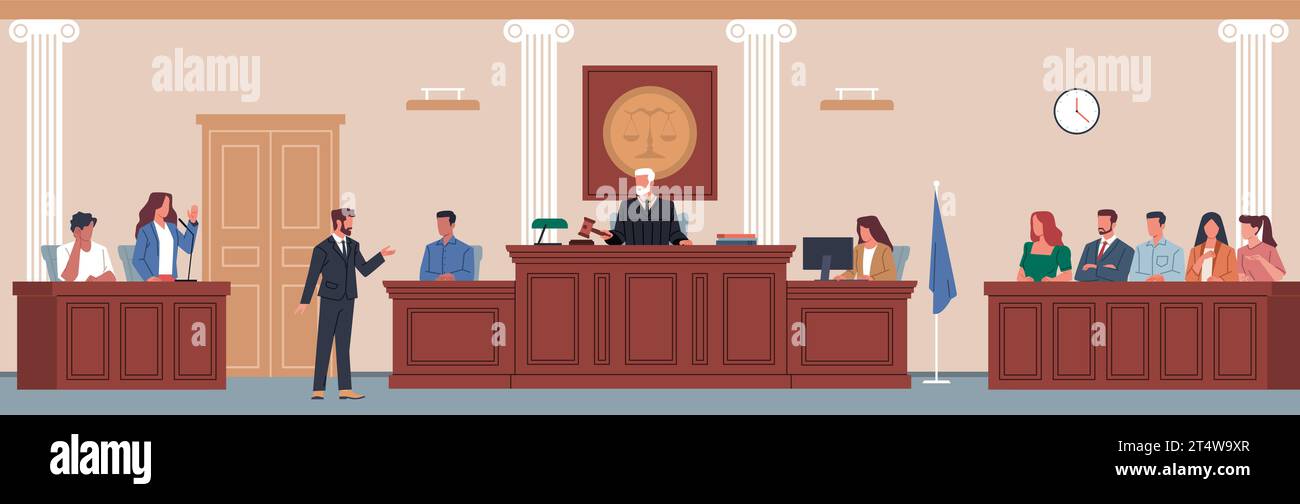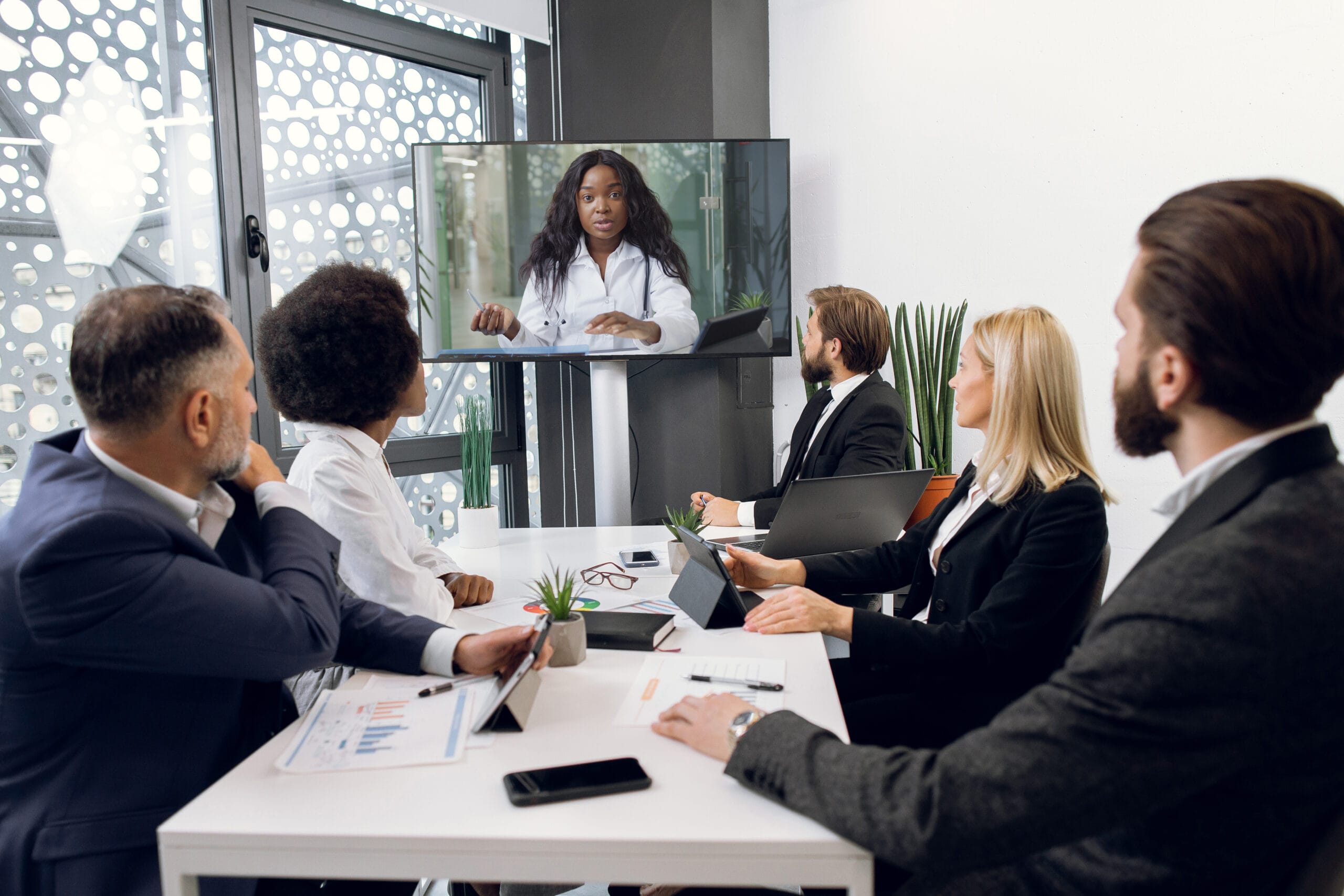High-quality trial presentations play a key role in legal proceedings.
High-quality trial presentations play a key role in legal proceedings.
Blog Article
Exactly How Trial Presentations Enhance Your Disagreement and Persuade Jurors
Trial presentations offer as a critical mechanism for improving lawful disagreements and encouraging jurors. The critical use of visuals not only makes clear intricate details however additionally captures jurors' focus more properly than words alone.

Relevance of Visual Aids
Visual aids play a critical role in improving the effectiveness of trial presentations, as they can substantially raise target market interaction and retention of info. In the context of a trial, where jurors are entrusted with handling facility details, aesthetic aids serve to streamline and clear up bottom lines. Graphes, graphs, and photos can share information and concepts that may or else overwhelm or puzzle jurors, permitting for a much more simple understanding of the evidence provided.
Moreover, visual aids aid in maintaining juror interest throughout the process. By breaking the dullness of verbal statement, these tools can stress important disagreements, making them a lot more memorable. Effective aesthetic help can likewise evoke psychological feedbacks, which can be essential in convincing jurors to align with the presenter's narrative.

Crafting Compelling Stories
An engaging story is vital in test discussions, as it works as the backbone of efficient persuasion. It enables lawyers to weave with each other realities, proof, and emotional elements right into a coherent tale that reverberates with jurors. This narrative structure enables jurors to recognize the complexities of the instance while leading them via the lawyer's disagreement.
To craft a compelling story, lawyers need to focus on clarity and comprehensibility. This involves establishing a clear protagonist-- commonly the client-- and describing their trip with the events in inquiry. Presenting the truths in a rational sequence improves understanding and keeps involvement. In addition, making use of dazzling summaries can create psychological pictures that aid jurors imagine the occasions, making the story more memorable.
Moreover, incorporating vital motifs throughout the discussion reinforces the core message and help in retention - trial presentations. The narrative needs to not only share information however also stimulate a feeling of justice, highlighting the risks entailed. Eventually, a sound story fosters a connection in between the jurors and the case, placing the lawyer's disagreement as both qualified and engaging, thereby enhancing the likelihood of a favorable judgment

Engaging the Court Mentally
Reliable jury engagement rests on the attorney's capability to get in touch with jurors on an emotional level. This connection can significantly affect jurors' perceptions and their supreme decision-making. Making use of sob stories enables lawyers to humanize the case, transforming abstract lawful concepts into relatable experiences. By presenting real-life tales or testimonials, attorneys can stimulate empathy and compassion, fostering a much deeper understanding of the problems at stake.
Visual aids, such as pictures or videos, can better enhance psychological involvement, giving jurors with vibrant depictions of Visit This Link the case's human aspects. Crafting a narrative that highlights the battles and triumphs of the people entailed guarantees that jurors see beyond the lawful arguments and acknowledge the human consequences of their choices.
An attorney's enthusiastic delivery can resonate with jurors, reinforcing their psychological financial investment in the case. It's necessary to stabilize psychological allures with factual proof, ensuring that jurors feel compelled to act while remaining based in the truth.
Structuring Your Presentation

The body of the discussion should be rationally fractional into bottom lines, each sustained by engaging evidence. It is helpful to use narration techniques to weave truths right into a narrative that jurors can quickly follow. Visual aids, such as graphes and video clips, can improve comprehension and involvement, aiding to highlight critical pieces of proof.
Real-World Case Studies
Taking a look at real-world situation research studies gives important understandings into the art of test presentations and persuasion. The protection team efficiently used an approach that combined prominent expert testimonies with multimedia presentations, which astounded jurors and inevitably affected their choice.
An additional significant example is the "McDonald's Coffee Instance," where the complainant's lawyers made use of graphic photos of the injuries endured by Stella Liebeck. trial presentations. This plain aesthetic proof played an important role in communicating the severity of her burns, bring about a substantial jury honor. Such instances show that impactful test presentations frequently rest on the efficient combination see here of visuals and narration to stimulate emotional reactions from jurors
In addition, the "Casey Anthony Trial" highlighted the relevance of narrative coherence and reputation. The prosecution's failure to establish a compelling timeline diminished their persuasive power, emphasizing the need of a well-structured presentation. Analyzing these cases discloses that successful test discussions need calculated planning, emotional engagement, and the capability to reverberate with jurors' worths and ideas.
Conclusion
Test discussions dramatically enhance disagreements and persuade jurors with the critical use of aesthetic aids, compelling narratives, and psychological interaction. A well-structured discussion equilibriums best site psychological appeals with valid evidence, inevitably resonating with jurors' values.
Report this page